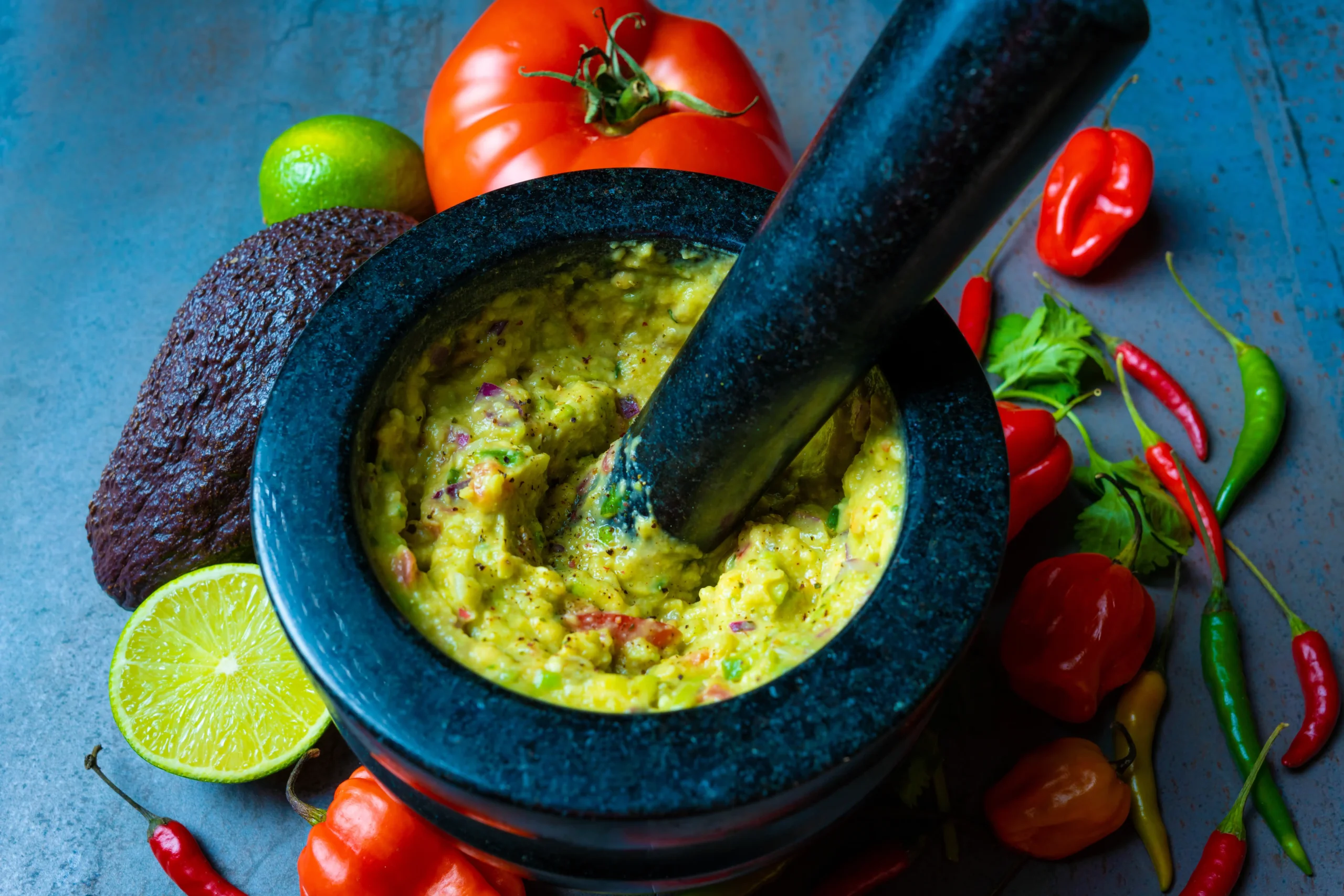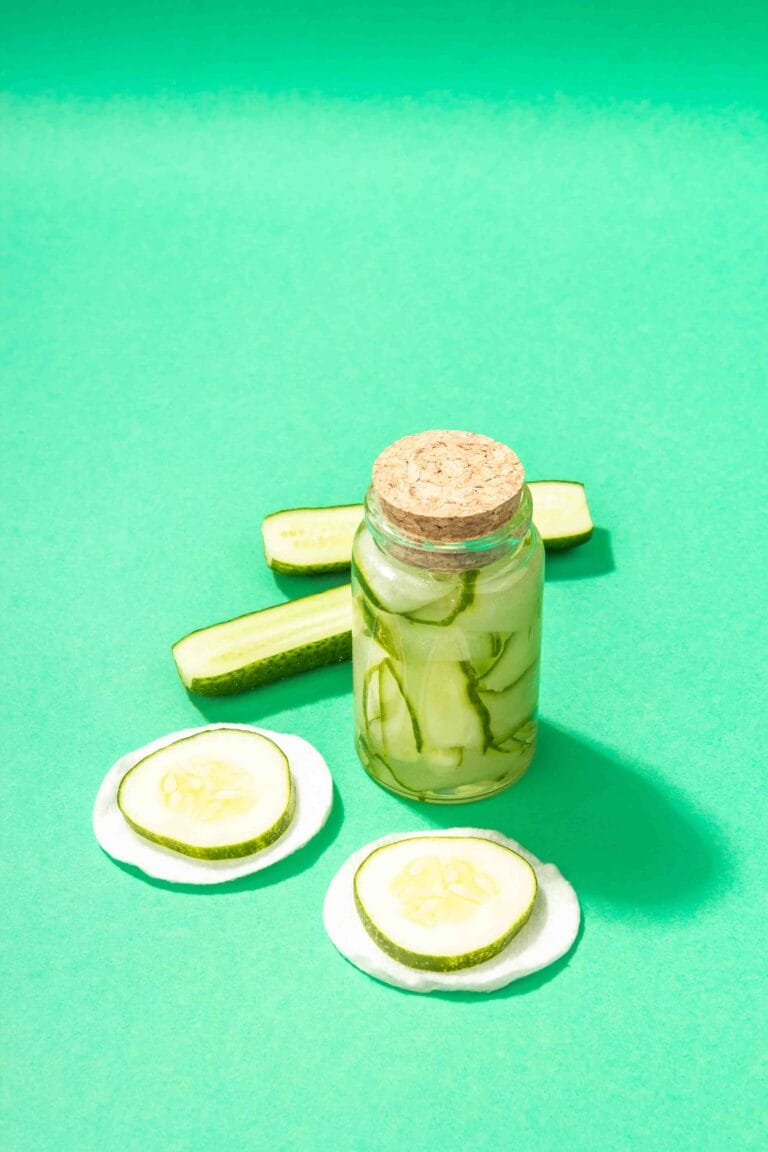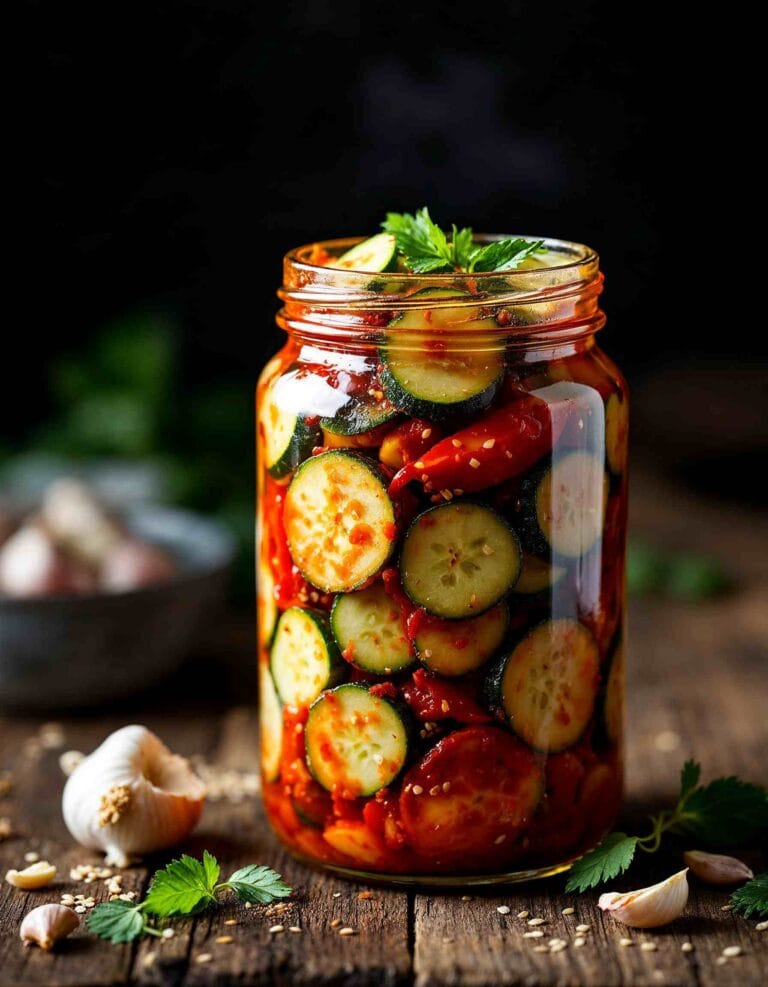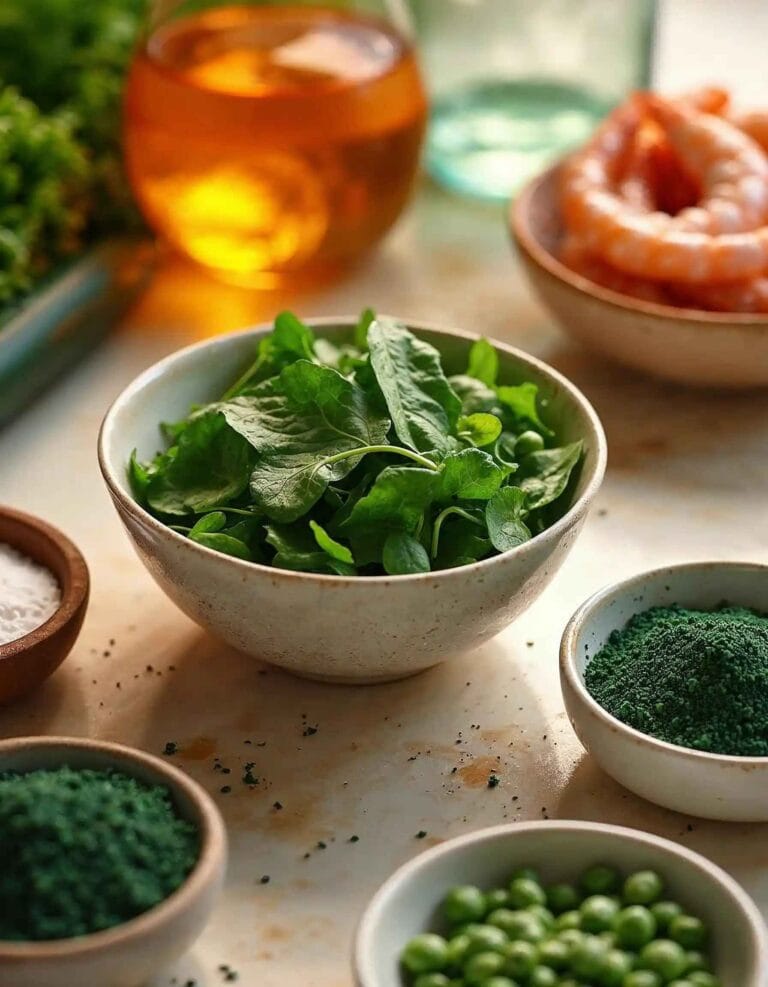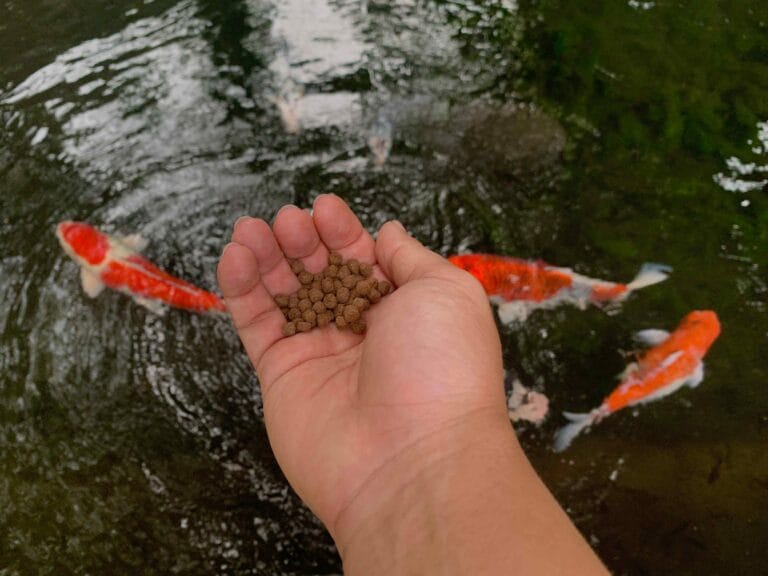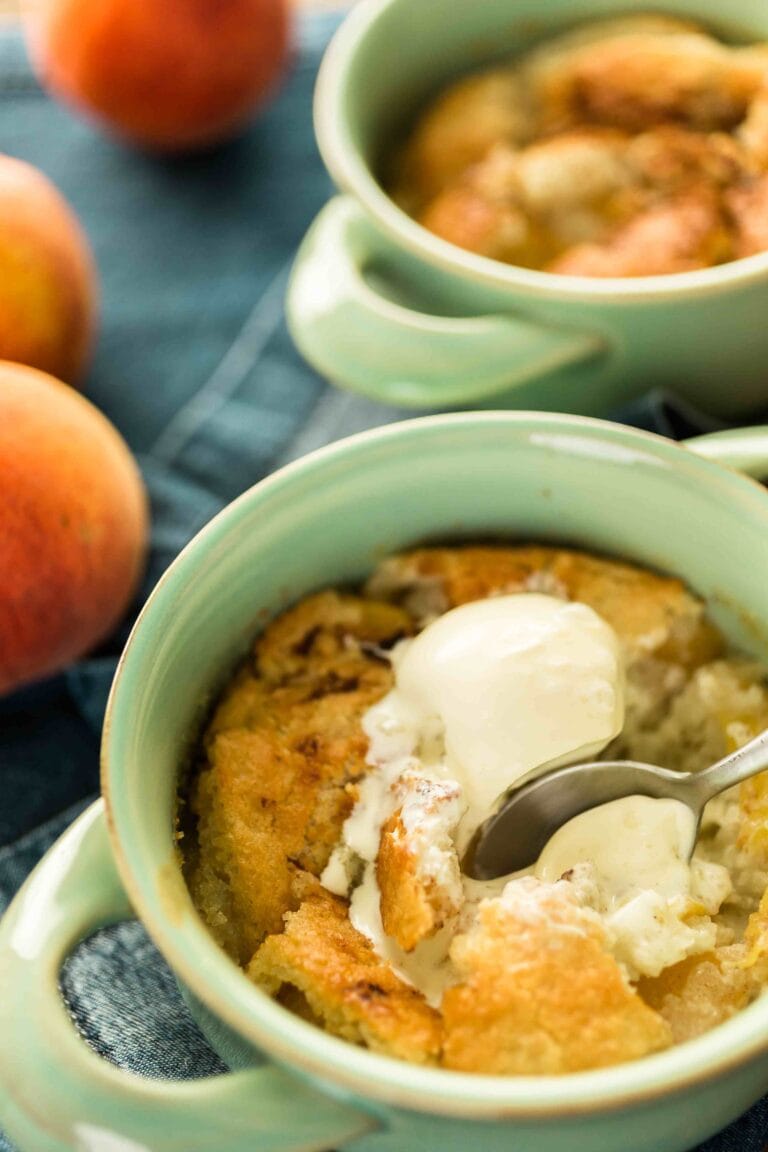Authentic Molcajete Recipe: How to Make the Perfect Mexican Dish at Home
The molcajete, a volcanic stone mortar and pestle, is a cornerstone of traditional Mexican cuisine. Beyond its iconic look, it serves as both a cooking tool and a symbol of cultural heritage. Whether you’re crafting authentic salsas, guacamole, or hearty dishes, the molcajete elevates flavors like no other.
In this guide, you’ll discover everything you need to know about preparing a delicious molcajete recipe, from selecting the perfect ingredients to mastering presentation techniques. Get ready to explore the art of cooking with a molcajete and bring a touch of Mexico’s culinary tradition to your kitchen!
What is a Molcajete?
The Origin and History of the Molcajete
The molcajete is an ancient tool with roots deeply embedded in Mexican culture, dating back to pre-Hispanic times. Crafted from volcanic rock, its porous texture makes it ideal for grinding and blending ingredients. The word “molcajete” originates from the Nahuatl words molli (sauce) and caxitl (bowl), reflecting its primary use in creating flavorful sauces and pastes. Traditionally, molcajetes were hand-carved by artisans, a skill passed down through generations.
Historically, the molcajete was more than a kitchen tool; it symbolized family and tradition. Recipes prepared in these volcanic mortars carried the essence of heritage, with flavors enhanced by the unique grinding process.
Traditional Uses in Mexican Cuisine
In Mexican kitchens, the molcajete is a multitasking marvel. While most commonly used to prepare salsas, it’s also perfect for making guacamole, grinding spices, and mashing ingredients. What sets it apart from modern appliances is its ability to extract and meld flavors, thanks to its textured surface. Unlike a blender, which can sometimes over-puree ingredients, the molcajete retains a rustic and authentic consistency.
Beyond salsas, molcajetes are also used as serving dishes for hot, bubbling stews or fajitas. When heated, the volcanic rock retains warmth, keeping meals hot for extended periods, which is ideal for family-style dining.
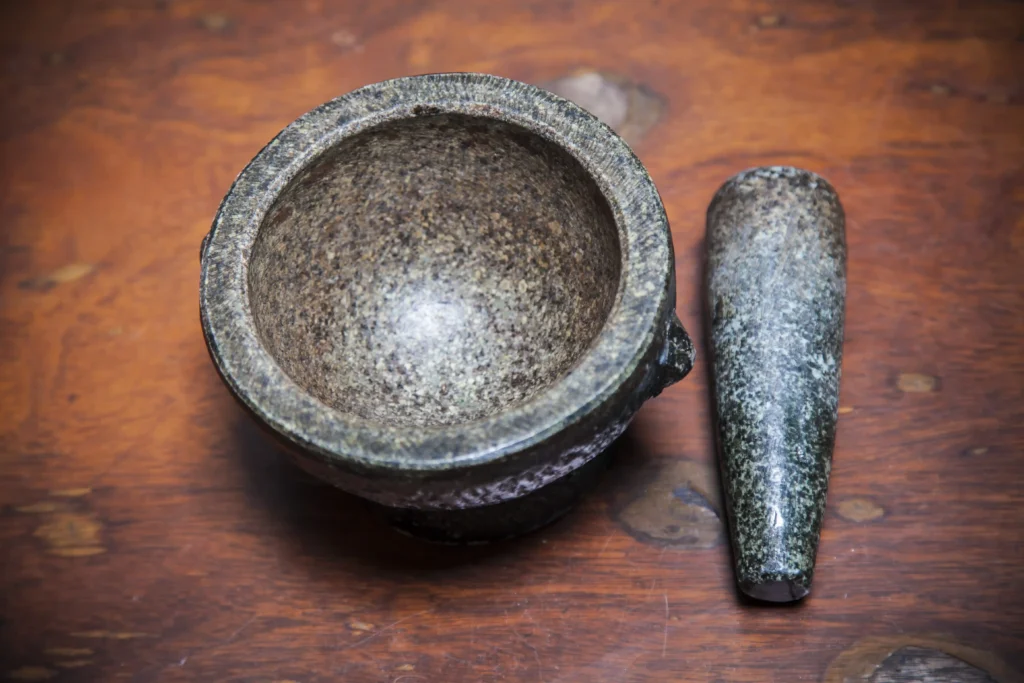
Essential Tools and Ingredients
Choosing the Right Molcajete
Selecting the perfect molcajete is the first step to mastering traditional Mexican cooking. Authentic molcajetes are made from volcanic basalt, a type of porous stone that enhances the grinding process. When choosing a molcajete, look for these key features:
- Weight and Size: A heavier molcajete provides stability during use, while the size should match your cooking needs. Standard models range from 6 to 10 inches in diameter.
- Texture: The surface should feel rough, not polished, as smooth surfaces lack the friction needed for grinding.
- Craftsmanship: Hand-carved molcajetes are more authentic and durable. Avoid synthetic or machine-made options, which may not provide the same flavor-enhancing qualities.
Additionally, inspect for any loose particles or cracks that could compromise its longevity.
Key Ingredients for a Perfect Molcajete Dish
Creating a mouthwatering molcajete recipe requires fresh, high-quality ingredients. Here’s a breakdown of the essentials:
- Base Vegetables:
- Tomatoes: For salsas and molcajete sauce, fresh Roma or vine-ripened tomatoes are ideal.
- Onions: White or red onions add a robust flavor profile.
- Chilies:
- Jalapeños or Serranos: Provide heat and a smoky essence.
- Dried Chilies (like Ancho or Guajillo): Offer depth and complexity to sauces.
- Herbs and Spices:
- Cilantro: Adds a bright, fresh note.
- Garlic: Enhances the overall flavor.
- Cumin and Oregano: Traditional spices that elevate Mexican recipes.
- Proteins or Veggies:
Depending on your molcajete dish, include:- Grilled chicken, beef, or shrimp for a protein-packed meal.
- Zucchini, mushrooms, or nopales (cactus) for vegetarian variations.
- Accompaniments:
- Lime: Adds a zesty finish.
- Avocado: Essential for guacamole or as a topping.
- Tortillas: To scoop and savor every bite.
- Optional Toppings:
- Cheese (such as queso fresco)
- Sour cream
- Chopped radishes or pickled onions for added texture.
The Role of Freshness in Authentic Recipes
The molcajete’s magic lies in its ability to blend fresh ingredients into a harmonious mixture. Opt for organic or locally-sourced produce whenever possible. Fresh ingredients not only enhance the dish’s taste but also maintain its nutritional value, ensuring a healthier and more flavorful meal.
Preparing Your Molcajete
How to Season a New Molcajete
Before using your molcajete for the first time, it’s essential to season it. This process removes any residual grit and prepares the surface for optimal grinding. Here’s a step-by-step guide:
- Rinse Thoroughly:
- Start by rinsing the molcajete and its pestle (tejolote) under running water. Do not use soap, as it can seep into the porous stone and alter flavors.
- Grind Raw Rice:
- Add a handful of uncooked white rice to the bowl and grind it using the pestle. Move in a circular motion, applying consistent pressure to cover the entire surface. The rice will pick up fine stone particles as it breaks down.
- Discard the rice when it turns gray or dusty and repeat this process until the rice remains white.
- Add Aromatics:
- For added seasoning, grind garlic, salt, and a few chili peppers together. This not only helps smooth out the stone but also infuses it with a subtle aroma that enhances future recipes.
- Rinse and Dry:
- Rinse the molcajete thoroughly with warm water and let it air dry completely before use.
By properly seasoning your molcajete, you’ll ensure it’s safe and ready to create delicious dishes.
Tips for Proper Cleaning and Maintenance
Caring for your molcajete is crucial for preserving its functionality and longevity. Follow these tips to keep it in top condition:
- Rinse After Each Use:
- Wash immediately with warm water and a stiff brush to remove any food residues. Avoid soap, which can absorb into the stone and impart unwanted flavors.
- Avoid Soaking:
- Prolonged soaking can weaken the molcajete and cause cracks over time.
- Dry Thoroughly:
- Allow the molcajete to air dry completely after each use. Storing it while damp may lead to mold or unpleasant odors.
- Regular Re-Seasoning:
- Over time, you may notice wear or a change in texture. Re-season your molcajete periodically by grinding rice and aromatics as described earlier.
- Storage:
- Store your molcajete in a cool, dry place away from direct sunlight to prevent unnecessary wear.
Understanding Your Molcajete’s Lifespan
With proper care, a quality molcajete can last a lifetime. Some families pass them down as heirlooms, with each use adding to their unique character and flavor-enhancing qualities.
Step-by-Step Molcajete Recipe
Preparing the Base: Roasting and Grinding
The base of any molcajete recipe is its flavorful sauce, crafted through a combination of roasting and grinding. This traditional method unlocks the depth and aroma of each ingredient. Follow these steps:
- Roast the Ingredients:
- On a hot skillet or comal, place your tomatoes, onions, garlic, and chilies (such as jalapeños or serranos).
- Roast them until the skins are charred and the flesh softens. Turn occasionally to ensure even charring.
- Remove the ingredients from the skillet once fully roasted and let them cool slightly.
- Start Grinding:
- Begin with garlic and chilies in the molcajete. Add a pinch of coarse salt to act as an abrasive, making it easier to grind. Use the pestle (tejolote) in a circular motion to create a paste.
- Gradually add roasted onions and grind until incorporated.
- Lastly, add the tomatoes one at a time, grinding each until your mixture reaches a chunky salsa-like consistency.
- Season the Mixture:
- Add fresh lime juice, chopped cilantro, and an extra pinch of salt to taste. Mix well to ensure all ingredients are evenly combined.
Crafting the Perfect Molcajete Sauce
Molcajete sauce, or salsa de molcajete, is the heart of this dish. The roasted ingredients blended together create a smoky, tangy, and slightly spicy sauce. Adjust its flavor by:
- Adding More Heat: Include extra chilies if you love spice.
- Balancing Acidity: Adjust lime juice or add a small pinch of sugar to balance the flavor if the sauce feels too tangy.
- Enhancing Freshness: Top with a sprinkle of chopped cilantro right before serving.
Adding Proteins or Vegetables
The beauty of a molcajete dish lies in its versatility. Once the base sauce is ready, you can transform it into a complete meal by adding proteins or vegetables.
- Proteins:
- Grill or pan-sear chicken, beef, shrimp, or pork until fully cooked and slightly charred for a smoky flavor.
- Place the proteins directly in the molcajete over the sauce for a dramatic and rustic presentation.
- Vegetables:
- For a vegetarian version, sauté zucchini, mushrooms, bell peppers, or nopales (cactus paddles) until tender.
- Add these to the molcajete sauce and stir to coat.
Final Cooking in the Molcajete
To bring everything together, the molcajete itself can act as a cooking and serving vessel. Here’s how:
- Heat the Molcajete:
- Place the empty molcajete in an oven at 350°F (175°C) or heat it directly on a stovetop over low heat. Be cautious, as the stone retains heat for a long time.
- Combine and Simmer:
- Pour the sauce and proteins/vegetables into the heated molcajete.
- Allow the mixture to simmer for a few minutes. The heat enhances the flavors and keeps the dish warm during serving.
- Garnish and Serve:
- Top the dish with slices of avocado, crumbled queso fresco, or a handful of fresh cilantro. Serve with warm tortillas on the side.
coop their portions onto tortillas or plates. The communal nature of the dish not only celebrates Mexican culinary traditions but also fosters a warm and inviting atmosphere.
Frequently Asked Questions
What is a traditional molcajete made of?
A traditional molcajete is made from volcanic basalt stone. This porous material provides the rough texture necessary for grinding ingredients effectively. Its volcanic origins also give it durability and heat retention properties, making it perfect for both preparation and serving. Hand-carved molcajetes are prized for their authenticity and craftsmanship.
What do you put in a molcajete?
A molcajete can be used to prepare a wide variety of dishes. Commonly, it’s used to make:
- Salsas and Guacamole: Roasted tomatoes, chilies, onions, garlic, and cilantro are common ingredients.
- Protein Dishes: Grilled chicken, beef, or seafood mixed with a flavorful sauce.
- Spice Blends: Ground spices like cumin, oregano, and peppercorns.
- Vegetarian Mixes: Roasted vegetables like zucchini, nopales, and mushrooms.
It’s also used for mashing and grinding fresh herbs, creating unique blends that enhance flavors.
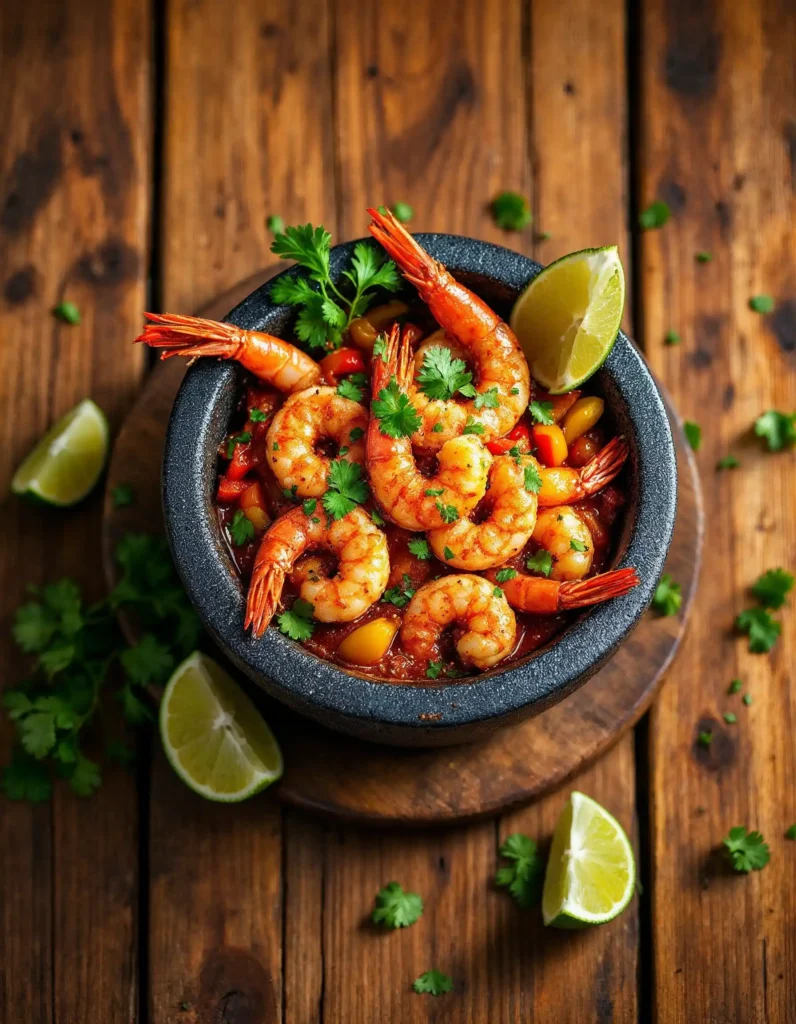
What is molcajete sauce made of?
Molcajete sauce, also known as salsa de molcajete, is typically made from roasted ingredients. The base often includes:
- Tomatoes: For a rich and tangy foundation.
- Chilies: Such as serrano, jalapeño, or dried chilies for heat and smokiness.
- Garlic and Onion: For depth of flavor.
- Cilantro and Lime Juice: To brighten the taste.
The ingredients are ground together in the molcajete, creating a rustic texture and smoky flavor that’s distinct from blender-made salsas.
How do you prepare a molcajete?
To prepare a molcajete for its first use:
- Season It: Grind uncooked rice to remove stone particles. Repeat until the rice remains white.
- Infuse Flavor: Grind garlic, salt, and chilies to create a seasoned base that primes the stone for cooking.
- Rinse and Dry: Wash the molcajete with warm water (no soap) and let it air dry completely.
Once prepared, the molcajete is ready to use for grinding, mashing, or even as a serving dish.
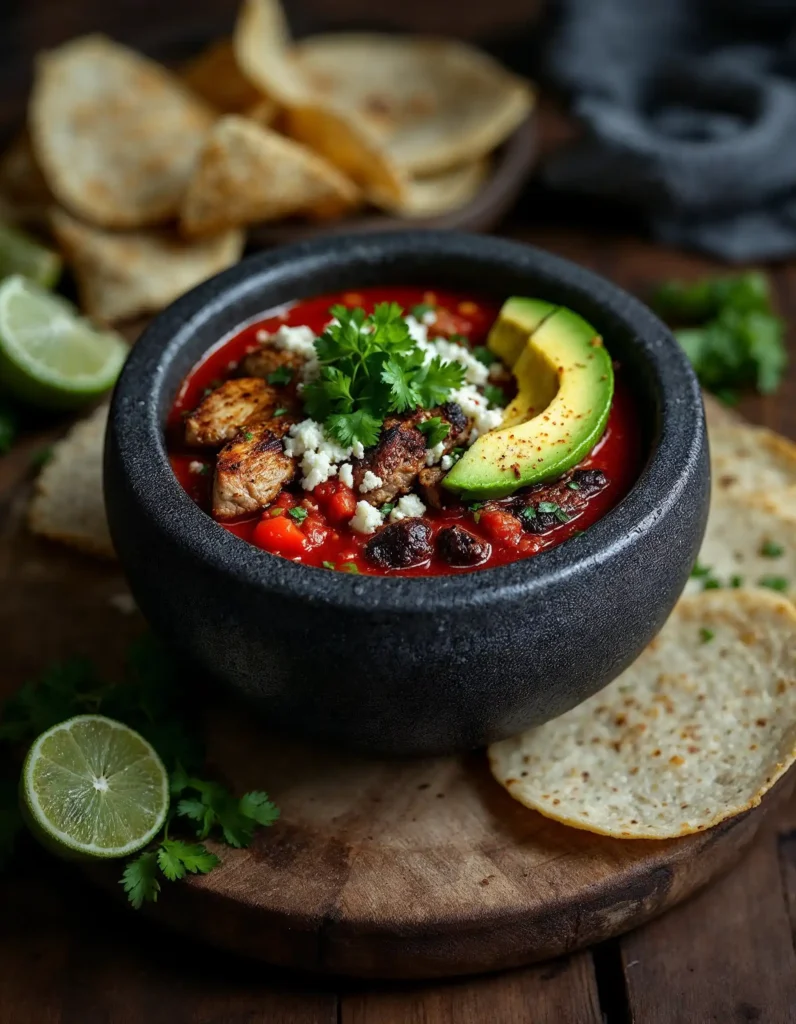
Conclusion
The molcajete is more than just a cooking tool; it is a gateway to the rich traditions and vibrant flavors of Mexican cuisine. From its ancient origins to its modern versatility, this volcanic stone mortar and pestle remains a cherished staple in kitchens worldwide. Whether you’re crafting a bold salsa, a hearty protein dish, or a vegetarian feast, the molcajete enhances flavors through its unique grinding process and rustic presentation.
By following this guide, you can confidently season, care for, and use your molcajete to create dishes that are as visually stunning as they are delicious. Experiment with variations, embrace the health benefits, and enjoy the therapeutic process of preparing food the traditional way. With each use, you’ll deepen your connection to Mexican culinary heritage and create meals that bring people together.
So, grab your molcajete, gather fresh ingredients, and get ready to transform your cooking with this timeless tool. ¡Buen provecho!

